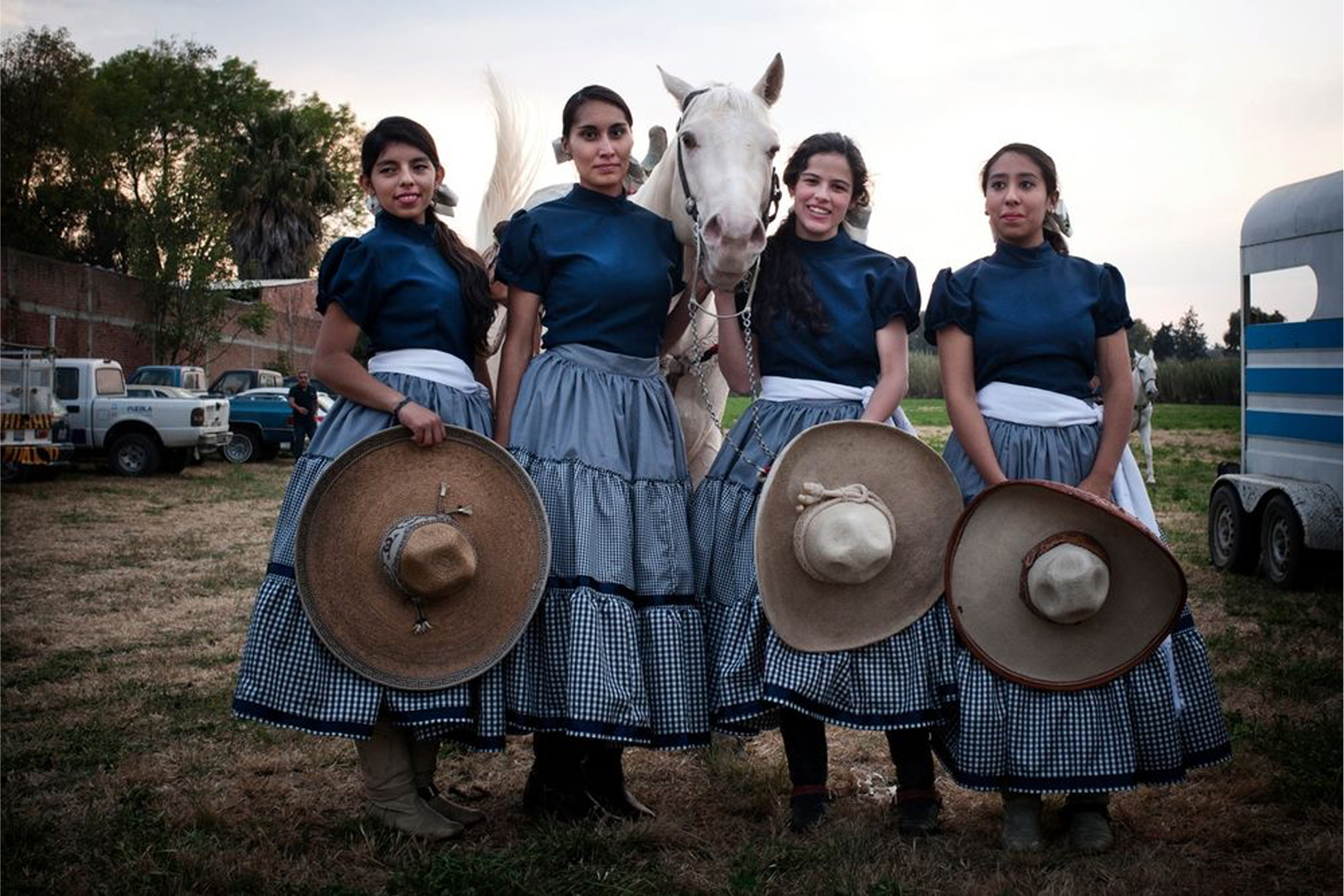The 19th-century Italian diaspora saw millions of Italians leave the peninsula and resettle around the world. While many settled in the United States creating the Italian American communities we know today, the migration spread well beyond American borders. Italians settled in countries across the world, especially Central and South America.
Although not as popular a destination as the United States, Italian immigrants did settle in our southern neighbor, Mexico. The country had a specific program designed to attract Europeans to settle in the country, and Italians took advantage of it. Unlike with immigration to the United States who departed from the “mezzogiorno", in southern Italy, the Italians moving to Mexico were largely from the north of the country.

As part of their program to attract Europeans, Mexico created special districts for the settlers often referred to as colonies. The government created contracts with private companies to bring these Italians to Mexico, often ensuring the immigrants received certain economic benefits. The contracts required the Mexican government to pay for the settlers’ travel and guarantee them access to fertile farmland. Communes like Porfirio Díez, named for the Mexican president, Carlos Pacheco, Díez Gutiérrez, Chipilo, and Aldama became destinations for the Italians.
Often each of these villages consisted of a group of families from a single point of origin. Díez Gutiérrez, for instance, largely consisted of families from Trentino. They brought with them their traditions and culture, but in most of these villages, the people largely integrated into Mexican society.
That wasn't entirely true in the colony of Chipilo. Here, the cultural link to Italy remains strong. Many residents still speak with the dialect of Veneto, the language their ancestors spoke when they arrived in Mexico. The dialect is learned even before Spanish. They carry on other traditions like celebrating the Epiphany by burning a straw-filled witch and playing bocce.

Located a few hours south from Mexico City, or about a hundred miles, Chipilo is in the Puebla region of Mexico. It was founded a little less than a century and a half ago by thirty eight families from Veneto. In 1880, the Piave River flooded, devastating the community of Segusino. Having nothing to leave behind, the Italians saw emigration from their homeland as a new opportunity. The families settled in Chipilo founding the colony in 1882 and continued on with their lives.
In Mexico, northern Italians also found some commonalities with the local food. Rice and beans were very much part of their diets in Italy as it would be in Mexico. As can be expected, over the last century and a half, some of the Italian traditions have begun to co-mingle with Mexican ones. In Chipilo, the locals make risotto in the Italian method, but flavor it with local ingredients like red peppers.

The fusion of cuisines is seen in other ways as well. Karen Hursh Graber writes that the inhabitants led to combinations like lasagna made with poblano chiles and mole sauce topped with fettuccine. Joseph Sorrentino, writing in El Restaurante, explains a local favorite is known as Huevos a la Italiana. Translated as "Eggs in the Italian style," the dish combines prosciutto, arugula with avocado, tomatoes, and the sour cream-like crema. Pizza served in the town is topped with squash and chorizo.
The program of settling Italians in Mexico was intended to assist with the agricultural sector of the economy, and in Chipilo was no different. There, the settlers chose to set up livestock farms, focusing on dairy farms. The resulting industry that followed included producing Italian-style cheese. Chipilo produces aged cheese similar to Asiago and fresh cheese pressed with Mexican flavors like chili flakes and sesame seeds.
On the centennial of the community's founding in 1982, the descendants of the original immigrants hosted a celebration and declared Segusino, the Italian village where many of the original immigrants departed from, the twin city.
Ian MacAllen
Ian MacAllen is America Domani's Senior Correspondent and the author of Red Sauce: How Italian Food Became American. He is a writer, editor, and graphic designer living in Brooklyn. Connect with him at IanMacAllen.com or on Twitter @IanMacAllen.

